I first devised this simple binding structure in 2008 to remake (rebind) a small book. I have subsequently used it several times, and it is described here, as it seems to me that it could have many possible applications. One does not remake books lightly, for there are many good reasons not to do so – considerations with which bookbinders or conservators are all too familiar and the complexity of which, for present purposes, must be taken for granted.
Apart from the desire to reclaim a badly broken book, I wanted to show how antiquarian books need not be rebound in traditionally accepted ways which are, even now, prevalent in certain areas of book collecting and the book trade; that is, in a facsimile (replica) binding of the (presumed) historical period; or a hybrid binding – the familiar books with five raised bands on the spine and, usually, quarter-bound in leather with marbled sides and endpapers: a ‘uniform’ devised by the nineteenth and early-twentieth-century book trade. Although less so now, both of these are still what many think of as ‘bookbinding’.
Case study 1
Entick’s New Spelling Dictionary: A Complete Pocket Companion, London 1796
This small book (125 x 120 x 30 mm), dating from 1796, was not historically important on one level; however, like so many apparently insignificant books, it spoke of its time: of how we lived our lives, and of how we may yet live our lives. It was an engaging and evocative artefact: its wonderful lists of words, its paper, its typography, its handy size, all complemented by William England’s signature and proud flourish in his new book.
The poor condition of the binding and sewing structure was such that, after due consideration, I decided that reuse of any of its components was not really feasible, either practically or aesthetically. To remake it as a copy of the original binding was dishonest: however well done, it would have been obvious that it was a copy, which would disappoint the imagination and have none of the attractive patina of an original. Had the book been held in an institution or museum rather than a private collection, it probably would, particularly now, simply be held together with ties and boxed. A perfectly reasonable, economic solution.
But I wanted to make and demonstrate the point that, as mentioned above, there are alternative responses: that we can use modern technical, structural and aesthetic language in the treatment of older books. It is perfectly possible to have a modern, decorative and beautiful conservation binding: it doesn’t have to be blandly neutral and doesn’t have to imitate. It can reflect modern aesthetic values as well as being a thoughtful and skillful response to the specific needs of the book: speaking to the truth of its condition, rather than, as in some cases, adhering to older habits of artifice and convention.
I was seeking for this book a structurally simple binding, essentially non-adhesive, modern but sympathetic, and satisfying to the hand. It had to be ‘other’, yet intrinsic, and in its own way, beautiful.
The book’s condition showed that it had been regularly put to its advertised use as A Complete Pocket Companion, small enough to be carried around for reference, so I wanted to allude to its character as a tactile pocket book. I wanted the book to be pliable; to flex, and to sit comfortably in the hand, with the warmth of natural material. I did not want it to look too pristine, but like a practical, working object.
The plain, leather-covered boards were already off, the four hemp cords on which it had been sewn were broken off, and the sewing thread was broken in places, which suggested that the book might have to be resewn. One is always reluctant to resew books, and it takes a balanced consideration of pros and cons (and no little experience) to come to an informed decision. Tempting though it is to make a clean start, it is only too easy to ‘pull’ a book but then find you have not decided what you want to do with it (and perhaps hadn’t needed to pull it, and to resew it, in the first place!). The old adage of ‘think twice, cut once’ is never more applicable than in bookbinding.
Additionally, what was left of the spine leather was adhered like tar to the backs of the sections, as if glue had been painted over the spine to hold in place the broken and worn leather.
My making process always starts with finding and choosing the right material(s), the choice of which is an emotional and visceral response to the nature of the book. After my ritual search I found three offcuts of alum-tawed goatskin, which were just right: slightly marked and flawed, pliable but not pristine. Once I found the right material, the structure developed from that – from the fact that I had three pieces of alum-tawed goatskin: two ‘boards’ and a spine piece.
Having arrived at a decision as to how the book would be made, the sewing thread inside the sections was cut to prevent it being pulled through the backs of the sections when the spine was removed. As anticipated, even with careful cleaning off, the glue and acid from the leather had so penetrated the backs of the sections that, as it was taken off, it took with it the outermost layer of paper from the backs of the sections. Before the book could be sewn, the twenty-three sections of text had to be guarded with Japanese tissue, which was done by Tracey Rowledge.
The main ‘engineering’ problem in bookbinding is always how to attach the boards to the book block: that is the main purpose of sewing supports. The sewing of any book is its foundation – everything springs from that: get the amount of swell wrong, and you have to rethink, undo and redo. In this case, sewing on thin cords was the choice; these were to be laced through small holes in the alum-tawed spine piece to attach it to the textblock; the ‘boards’ would then be attached to that.
Whilst my preference is generally to use existing sewing stations where feasible, the backs of the sections in this case were so badly pockmarked with old holes (and four stations/supports just weren’t necessary on this small book) that I opted for three sewing stations at proportionately balanced distances on the spine areas which were most intact.
I used a sewing frame, as I always do, and 6-ply linen sewing twine, as it is slightly thinner than cord, sewn with 18/2 archival linen thread. Two simple folios of handmade paper of a suitable tone were sewn on as endpapers (the original signed endpaper had been incorporated in the book).
The spine piece was trimmed to the correct length and suitable overlapping widths on each side; this excess would be the flanges to which the side pieces (‘boards’) would later be attached. After several experiments as to what size holes would grip the cords securely without tearing the leather, and after very careful checks of the appropriate spine width, the spine piece was marked up for the positions of the holes, which were then made with a Japanese hole punch. It was important that these holes should lie on the flange side and not within the spine area, both for a perfect fit and so the sewing was not revealed.

The spine of the textblock was given a coating of methylcellulose (Culminal® MC), a light adhesive, as EVA seemed too ‘heavy’. Once the spine was thoroughly dry and secure, the spine piece was laced on, the flanges were trimmed to equal widths, and the cords were trimmed and thinned. The thinned cords were splayed to an attractive fan shape and adhered to the flanges with a mixture of EVA and wheat flour paste. Once dry, the flanges were marked with the line up to which adhesive (EVA and wheat flour paste) was to be applied to attach the ‘boards’.
The ‘boards’ were trimmed to size and scored for yapp edges at head, tail and fore-edge: not only do yapp edges protect the edges of a book, but they often give an aesthetically satisfying finished look.
In turn, each board was adhered in position (rear board first – always start with the rear, and the tail, just in case!). The book was wrapped in a crêpe bandage to consolidate the yapp edges.
Case study 2
CERTAIN SERMONS OR HOMILIES Appointed to be Read in CHURCHES, in the Time of Queen ELIZABETH of famous memory: and now thought fit to be Reprinted by Authority from the KINGS most Excellent Majesty, London 1673.
I went on to use the structure devised for Entick’s Dictionary on other books, often using other materials, and some years later (2013) I used it on a much bigger one – 313 x 200 x 35 mm – Certain Sermons or Homilies Appointed to be read in Churches, dating from 1673.
This book was more complicated in terms of size and thinking/making time: my notes show that thinking about it probably started in April and came into sharp focus by July. Work on the prototype took up August and making the actual book took from August/September until the end of October.
Certain Sermons (1673) could be described as more important historically and intrinsically than Entick’s Dictionary of 1796, simply because of its subject matter. Although equal in terms of witnessing how we lived our lives then, and of how that is integral to the way we live our lives now, its subject is even more telling.
Certain Sermons dates from the period after the English Reformation in the sixteenth century, when the English Church broke away from the authority of the Pope and the Roman Catholic Church and established itself as the (Protestant) Church of England. A collection of Anglican sermons was written and published in two volumes: The Books of Homilies, published in 1547 and 1571. The two books, consisting respectively of twelve and twenty-one sermons (homilies), were ‘appointed to be read in churches’ each Sunday and on holy days to promulgate the new Anglican doctrines, and were meant for use by the ‘disaffected and unlearned’ clergy: those either insufficiently educated or too unfamiliar with the tenets of the reformed doctrines to write their own sermons. The collective title for the two books became Certain Sermons and Homilies Appointed to be Read in Churches.
After a period of civil war (1642) and the dissolution of the monarchy (Charles 1 was beheaded in 1649), a republic (the Commonwealth) was established in England. However, following the restoration of the monarchy in 1660, the Church of England was restored as the national church in England. The present volume, containing both of the original Books 1 and 2, is the edition printed and published in 1673 in the reign of the new king, Charles II.
This book had suffered serious water damage, and what remained of the binding, which had been of plain, unadorned dark brown calf, was rotten and distorted. The laminas of thick paper which made up the boards had swollen and separated; areas had disintegrated, and the subsequent mould growth had eaten through the binding into the pages of the textblock itself, invading the book much as nature occupies an abandoned building.
The binding, thoroughly impregnated with mould growth, was irretrievable for any possible use, but it had fulfilled its task: if it had not endured for so long, taking the brunt of the invasion of water and mould, the contents of the book would have suffered much more damage. As it was, the first section, with its rather majestic title page, had suffered grievously: a large patch was missing and the edges of the page were tattered. Mould had badly stained the paper, penetrating the pages to a depth of about 10 mm at the front and back of the book; but apart from this staining, the condition of the handmade paper was still remarkably good. Nevertheless, substantial paper repair was necessary to infill missing areas and to reinforce weak ones; this was undertaken by an experienced paper conservator.
As the original purpose of the book was for clergy to read it aloud from the lectern of a church pulpit, it was important – as for all books, but the more so for a lectern book – that it should open to its fullest extent, be easily readable, and remain flat when lying open. This required a highly flexible structure that would create no impediment to the flow of the pages. Aesthetically, the rather austere contents and purpose of the book suggested a similarly ‘pure’, ascetic approach; so I chose a beautiful white alum-tawed goatskin. I aimed at combining the quiet beauty of plain, unadorned material with simplicity of structural presentation.
The textblock consisted of 50 x 2ff. sections of thin handmade paper, plus two new handmade endpaper sections of sympathetic tone. Each of these sections (except the endpapers) had to be guarded with thin Japanese tissue as the final preparation for binding. This was undertaken by Tracey Rowledge.
It was, however, essential to spend time on making a full-size prototype. The book itself had already sustained so much damage and repair that it could only support one attempt at binding, so it had to be right the first time. Making a prototype helped to establish such things as the correct thickness of the linen cords on which to sew the textblock; the correct thickness of thread and method of sewing (so that the spine area didn’t have too much swell); and whether the proposed binding structure was technically viable. It also gave me a chance to practise the best method of doing particular tasks. For example, sewing the prototype took roughly a day and a half; sewing the actual book took a day.
The actual textblock was sewn on five raised 5-ply linen cords, using 25/2 linen thread and the original sewing holes. The first and last ten sections (and endpapers) were sewn with normal all-along sewing, whilst the middle of the textblock was sewn two-up in order to control the amount of swell.
After sewing, methylcellulose (Culminal® MC) was applied along the spine, and the textblock had just the right amount of swell to be slightly rounded by hand. I never use a backing hammer – they can be very damaging – as I generally do not back books, only round them. If the swell is right, that is, if the sewing is right, a book will virtually drop into the correct round of its own accord.
The spine was then lined between the raised cords with the same handmade paper as the one used for the endpapers, adhered with wheat flour paste. I made this lining so that it overlapped the shoulder of the book on each side, as I did not want to see a cut edge of paper along the shoulders, but I did not adhere the overlap to the endpapers, as it would have created a stiff, unwanted folding point.
In the meantime, templates were used to select and cut the pieces for the binding from a large, beautiful alum-tawed goatskin. The fit of the spine piece, through which the cords were to be laced and which would then form the flanges to which the sides were attached, was of course critical. After careful measuring, holes were made in the appropriate places for the cords, and a trial lacing-on to check the fit was done.
Once that was done, the leather was carefully removed and cut to shape at the head and tail. The rounded shape at the head and tail of the spine piece tapped into my knowledge of the tabs at the head and tail of twelfth-century monastic bindings. The intent was not only that it was an aesthetically pleasing termination of the leather at head and tail – rather than cutting it straight across, for example, or filling the space with a headband, which I did not think would look right – but also that it provided an area through which a hole could be made to anchor a bookmark. However, after a considerable amount of time and experimentation, I decided not to use the bookmark.
The cords were then finally laced through and thinned out, then trimmed, fanned out and adhered to each flange with a mixture of EVA and wheat flour paste. The flanges were trimmed to equal width, and a shallow (under) bevel made along each edge so they didn’t mark the endpaper; the head and tail edges were slightly bevelled for a less thick look.
The side pieces (‘boards’) were cut oversize, and each in turn was affixed to its flange with a mixture of EVA and wheat flour paste, covering the flared ends of the cords. The edges of the ‘boards’ were then trimmed, leaving excess for a yapp edge all around. The yapp edges were lightly scored, and the book was wrapped with crêpe bandages to consolidate them.
Conclusion
Each of these finished books successfully integrated practical and aesthetic principles and satisfied what is for me the basic tenet of making books (or anything) – keep it simple. Whilst none of the more complicated techniques or equipment associated with formal bookbinding is needed to make this structure, and whilst ostensibly an extremely simple structure, nevertheless it does need the developed sensibility of a skilled maker of books.
All photographs by Jen Lindsay; the books are held in private collections.
Biography
In 1977–1979 Jen Lindsay gained the Certificate and Diploma in Bookbinding at Camberwell School of Art and Crafts, London, and then worked as a freelance bookbinder, lecturer and teacher. From 1983 to 1994 she was part-time bookbinding tutor at Roehampton Institute, London (now University of Roehampton). In 1995 Jen became full-time senior lecturer and Programme convener for the BA Bookbinding (Hons) programme at Roehampton; she was there until it was closed in 2001. Between 1985 and 1998 Jen was a Fellow of Designer Bookbinders and, from 1997 until 2000, editor of The New Bookbinder annual journal. In 1999 Jen took six months’ research leave to study the Coptic book bindings from Edfu at the British Library, London. A summary of the preliminary results was published in The New Bookbinder Volume 21 (2001), 31–51. From 2001 to 2005 Jen was part-time bookbinding tutor at the City Literary Institute, London. Thereafter she was absorbed in writing her book, Fine Bookbinding: a technical guide, which was published in September 2009 by The British Library and Oak Knoll Press. In 2021 Jen returned to her earlier study of The British Library Coptic book bindings to review and expand that previous research, the results of which will be published by The Legacy Press, USA, in 2023.

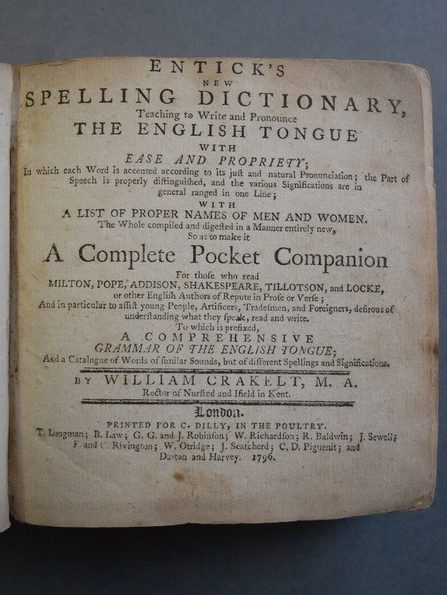

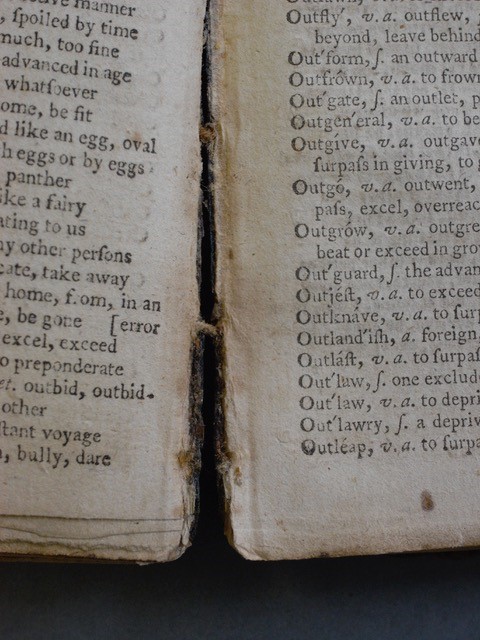


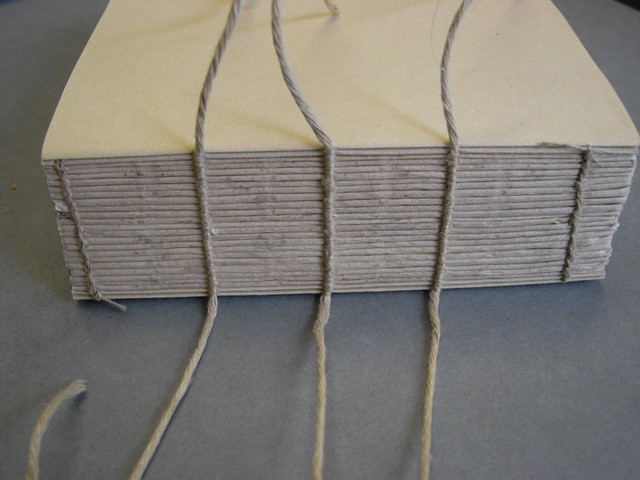
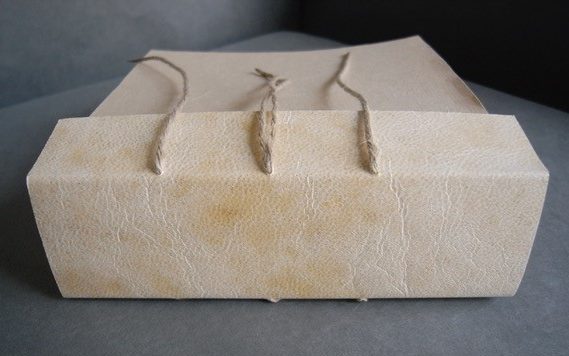
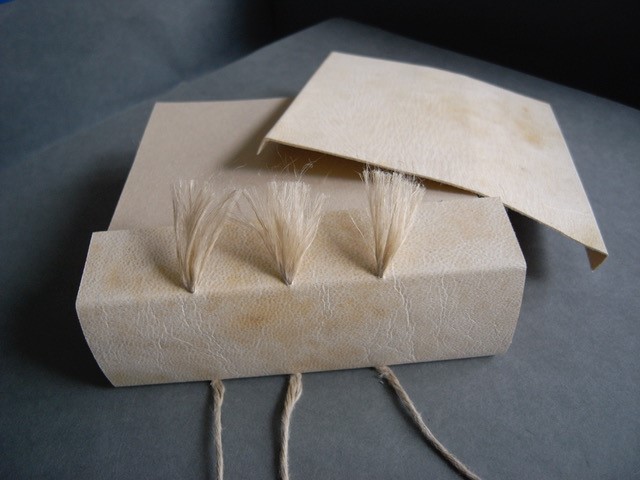


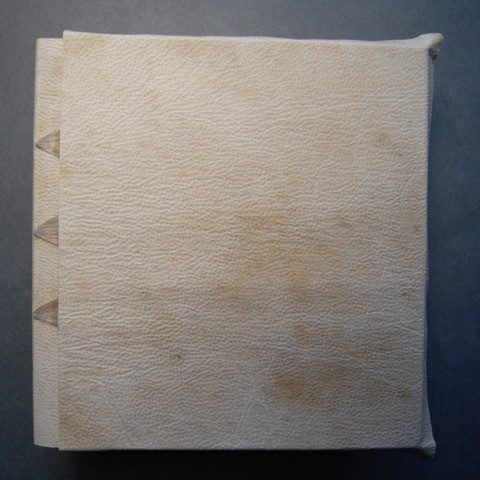

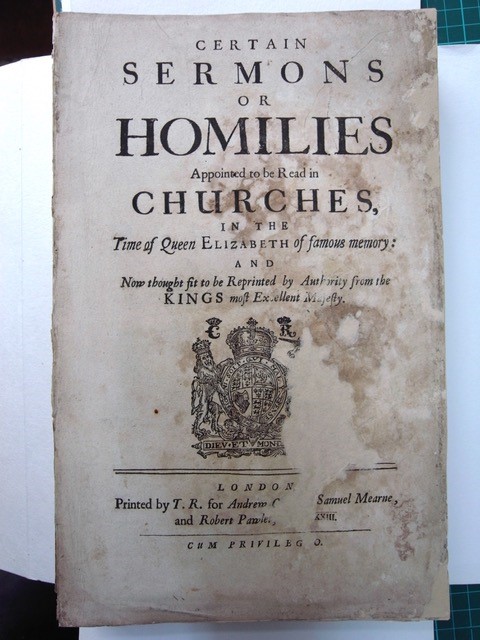
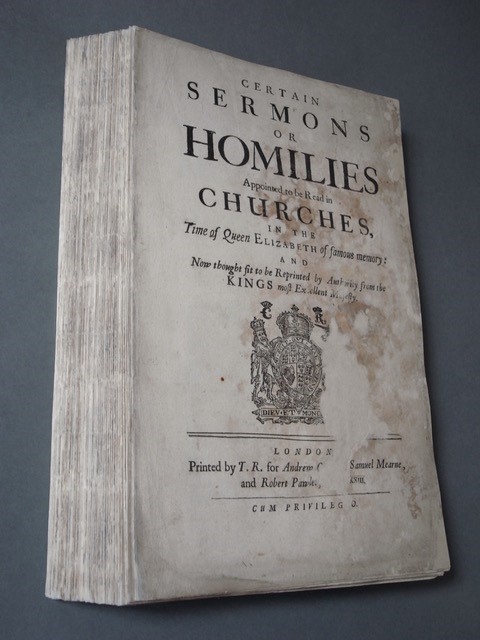
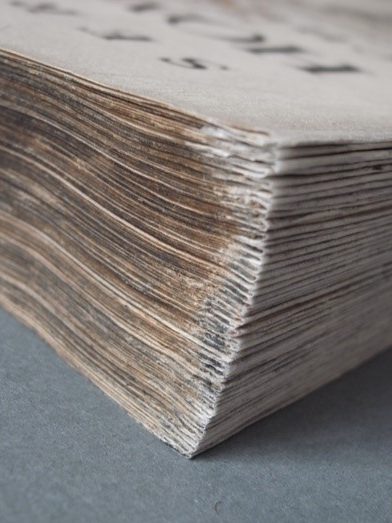
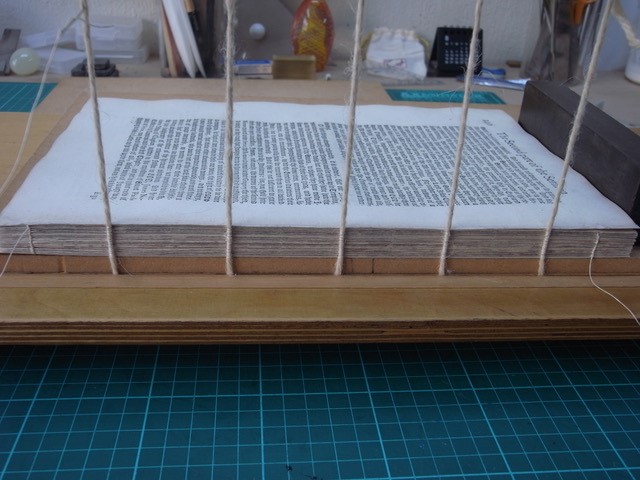
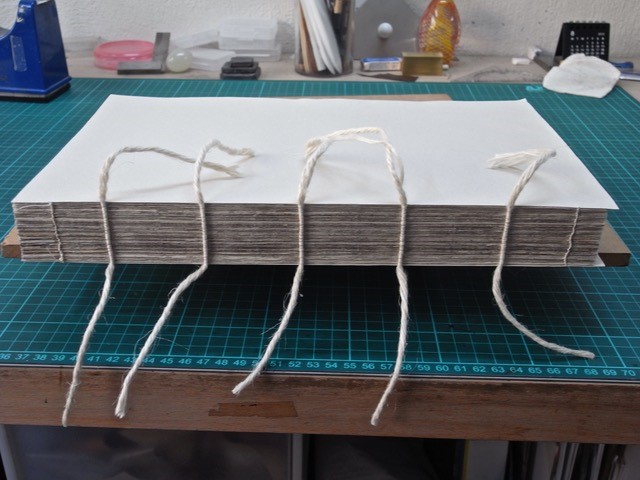
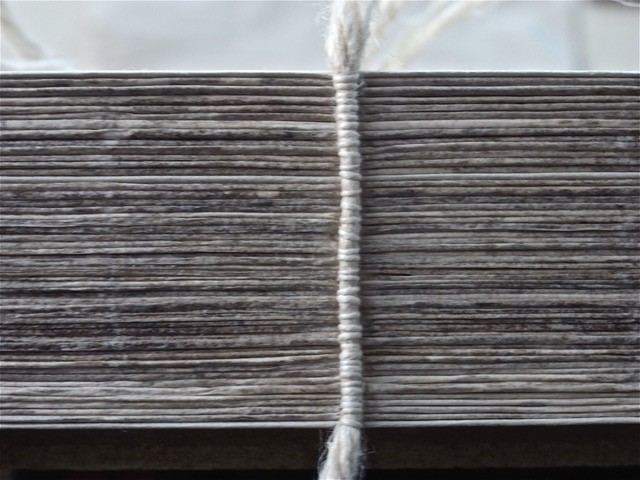
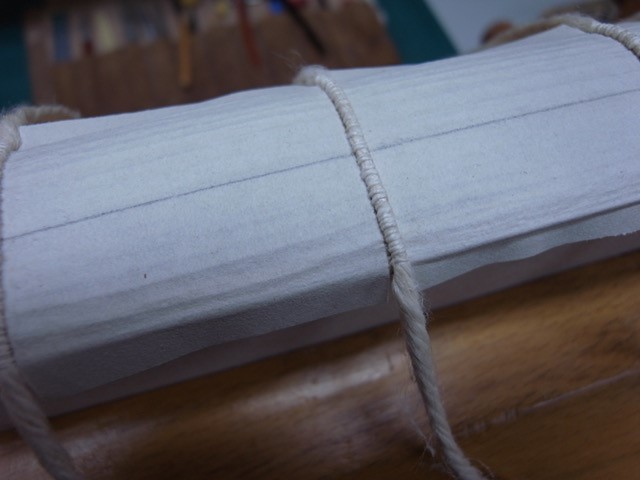
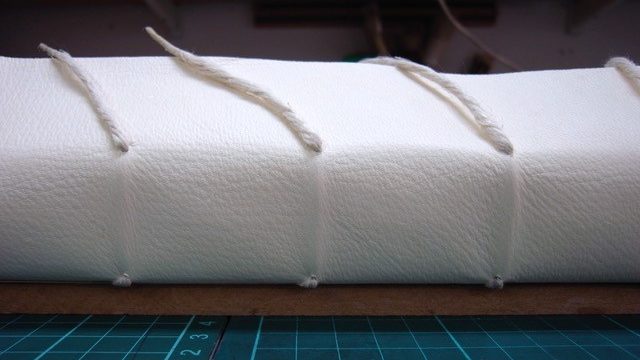


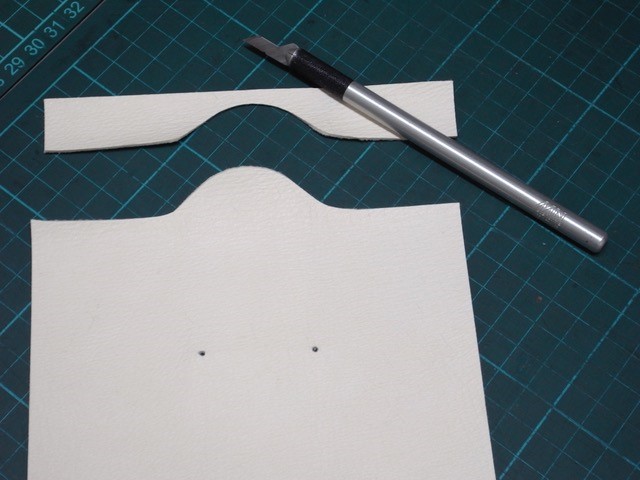
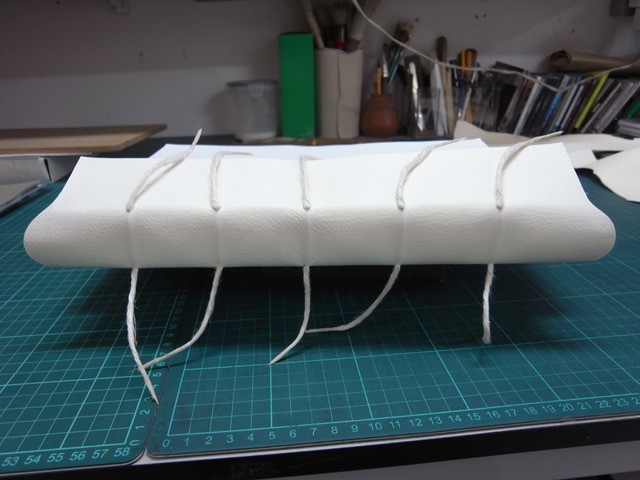
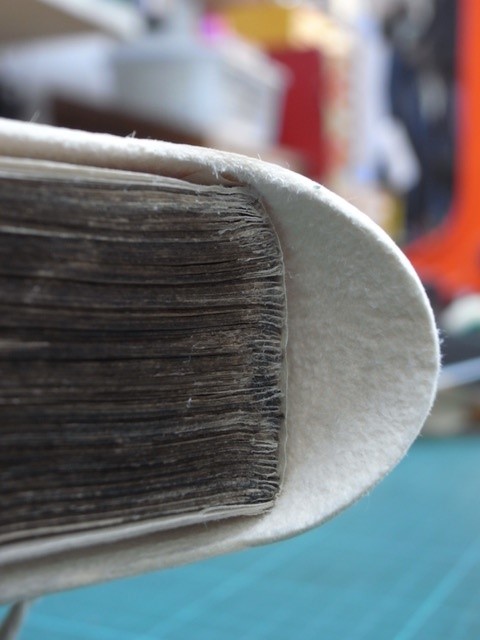

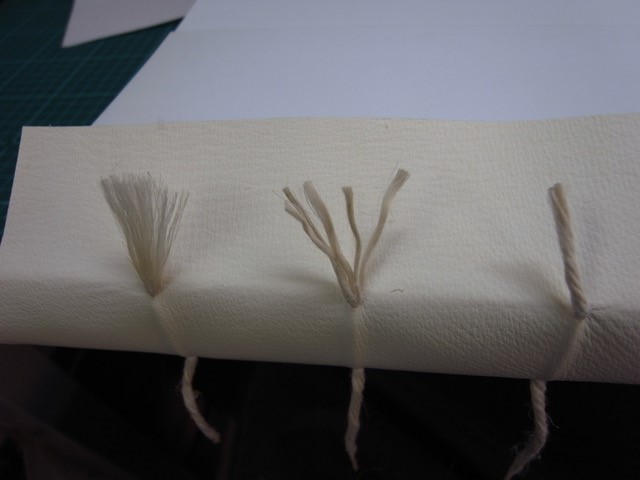

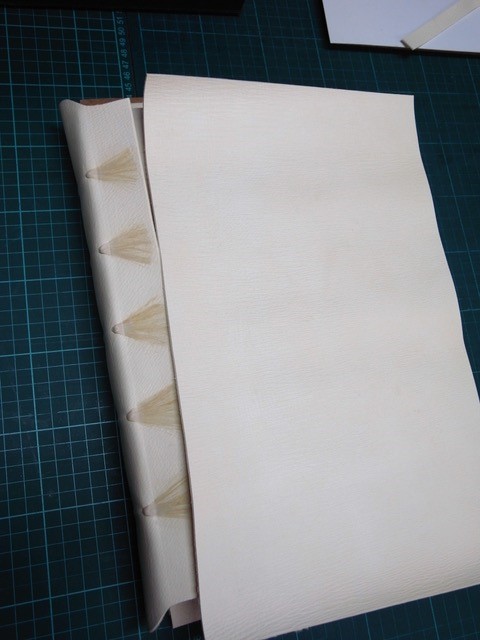

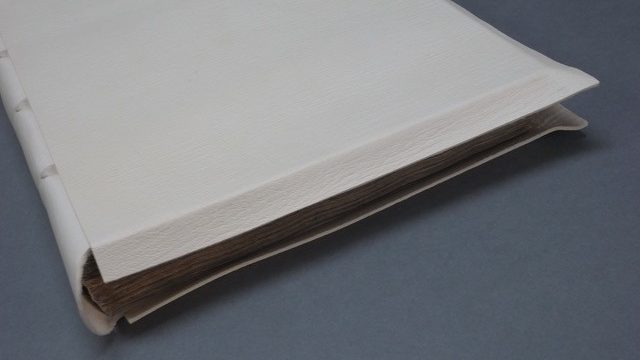

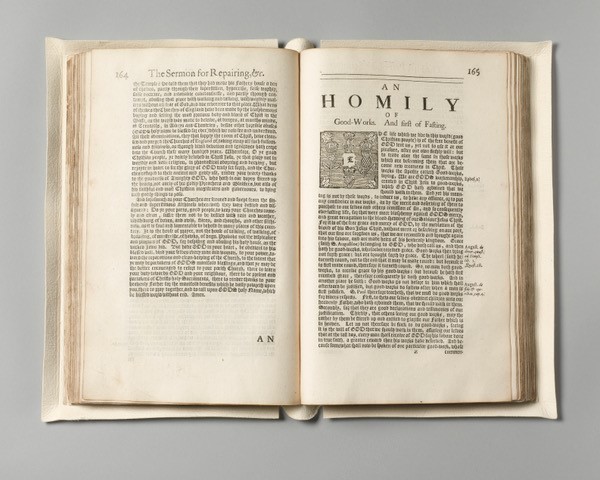
One thought on “Two case studies in restraint”